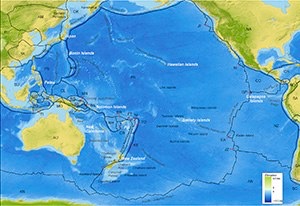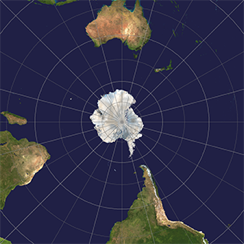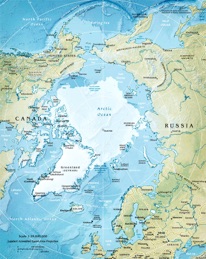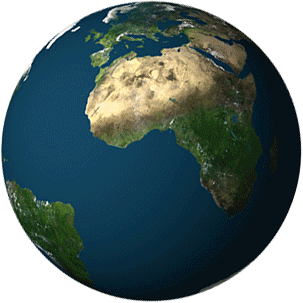Material covered so far:
Lee’s chapters:
-
•1 (excluding “Manifolds with boundary”),
-
•2,
-
•3,
-
•4 (excluding “Smooth covering maps”),
-
•5,
-
•8 (excluding “The Lie algebra of a Lie group”),
-
•9 (excluding “”Flowouts” and “Flowouts on manifolds with boundary”),
-
•10 (excluding “Subbundles” and “Fiber bundles”) and
-
•11 (excluding “Line integrals” and “Conservative covector fields”)
-
•12 (excluding Lie derivatives of tensor fields)
-
•14 (excluding Lie derivatives of differential forms)
-
•15 (excluding the Riemannian volume form — but we did define the Hodge star in exercise sheets — and orientations and covering maps),
-
•16 (excluding integration on Lie groups and Manifolds with corner),
-
•17 (only the section on “The de Rham cohomology groups).
Notes on Cech cohomology:
-
•sections 1 and 2.
Wednesday 29 January 2014 (Week 5)
The second exam will take place at Ruppert Paars from 13:30 to 16:30.
Friday 17 January 2014 (Week 3)
This lecture we studied integration and Stokes theorem.
Wednesday 15 January 2014 (Week 3)
This lecture we introduced Lie derivatives and integration on manifolds.
Friday 10 January 2014 (Week 2)
This lecture we introduced tensor fields on manifolds and introduced the exterior derivative.
Wednesday 8 January 2014 (Week 2)
This lecture we introduced tensors.
Friday 20 December 2013 (Week 51)
This lecture we studied flows of vector fields and the Lie bracket.
Wednesday 18 December 2013 (Week 51)
Exam 1. BBL 169, from 13:15.
Friday 13 December 2013 (Week 50)
This lecture we studied implicit and inverse function theorems and recapped what we have seen so far in the course..
Wednesday 11 December 2013 (Week 50)
This lecture we continued the study of the implicit and inverse function theorems. Finally, we introduced the Lie bracket of vector fields. The exam contains only material covered up to and inclusive this lecture.
Friday 6 December 2013 (Week 49)
This lecture we studied further the cotangent bundle. We defined the exterior derivative of functions as well as the pull back of functions and forms. We then moved on to the study of submanifolds and of the implicit and inverse function theorems.
Wednesday 4 December 2013 (Week 49)
This lecture we continued our study of vector bundles. We proved the chart lemma and introduced the pull back of vector bundles. We saw how linear algebraic constructions can be applied fiberwise to bundles to produce new bundles. We studied maps between bundles and finally introduced the cotangent bundle of a manifold.
Friday 29 November 2013 (Week 48)
This lecture we continued our study of the tangent bundle and introduced the more general notion of vector bundles.
Wednesday 27 November 2013 (Week 48)
This lecture we introduced tangent vector and the tangent bunde of a manifold.
Friday 22 November 2013 (Week 47)
This lecture we continued our study of Cech cohomology (now with other coefficients) and introduced partitions of unity. We proved that Cech cohomology with coefficients on smooth functions in only nontrivial in degree 0 where it agrees with globally defined functions.
Wednesday 20 November 2013 (Week 47)
This lecture we studied covers, subcovers, refinements and introduced Cech cohomology with real coefficients.
Friday 15 November 2013 (Week 46)
This lecture we took a second look at second countability, saw several examples of manifolds (R^n, vector spaces, open subsets of manifolds, the general linear group, spheres and real and complex projective spaces). In particular we saw that CP^1 and S^2 are diffeomorphic. Finally we proved a “cover lemma” for manifolds, namely, that one can construct a manifold out of open sets of R^n together with smooth “change of coordinates” which satisfy a skew symmetry and a cocycle condition.
Wednesday 13 November 2013 (Week 46)
This lecture we covered the definition and examples of topological and smooth manifolds and introduced the notion of smooth map between manifolds
























